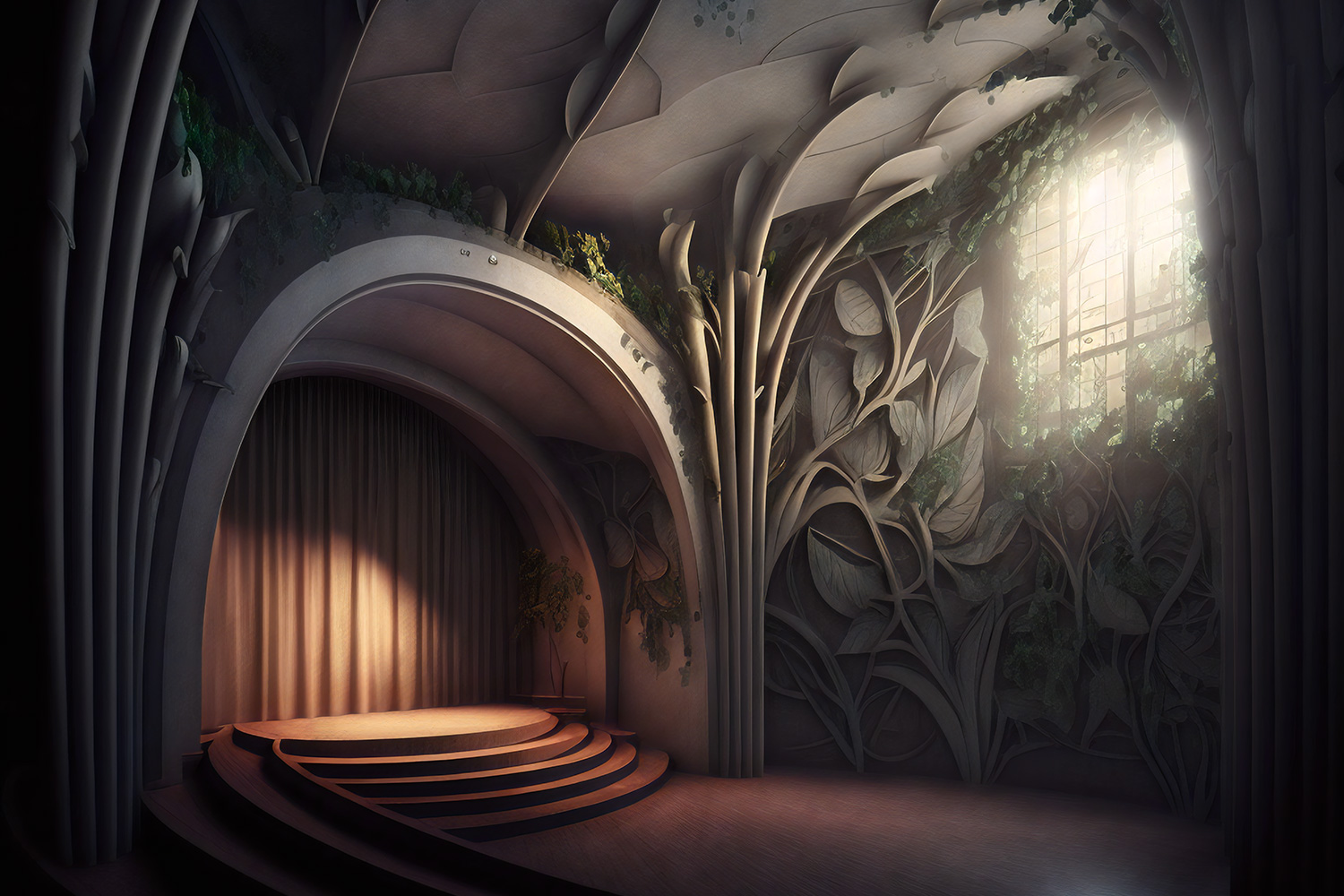Mariana Pavani walked down the aisle in a couture gown, marking a significant day now for herself and the fashion industry. Dutch fashion designer Iris van Herpen used 3D printing to create Maria’s avant-garde wedding dress, the first of its kind. The Brazilian tax lawyer Pavani trusted additive manufacturing technology and van Herpen’s creativity to design her wedding dress.
The Dutch designer desired the outfit to depict an unearthly elegance. The complex, futuristic design on the bodice and the collar gives the dress a bold appearance while being extraordinarily flexible and sturdy. This fabulous masterpiece is a blend of high-tech factors and inventive experiments.


The design process started with a 3D body scan to create a customized design that was precisely suited to Pavani’s figure. This technique involved many fittings of the hand-pleated base dress, which was made of delicate fabric and featured 3D-printed elements. The 3D elements were made from nylon (PA12), a material that piqued the designer’s interest.
The quality of this flexible material is excellent. The bride can sit in it and do whatever in it, and the dress will not lose it’s flexibility over time. Iris van Herpen combines traditional techniques like pleating, draping, and beading with cutting-edge technologies like silicone molding and laser cutting. This ensured that the pattern matched the bodice design exactly.
The 3D file for the dress was 216.7 MB, and printing took 41 hours at a facility in Paris. “There are no seams. You couldn’t achieve this with a typical pattern,” said van Herpen, whose Amsterdam atelier spent 600 hours creating the design, which was preceded by extensive experimentation with ZBrush, a digital sculpting software.
The couturier is well-known for creating exquisitely alien creations out of synthetic materials ideal for 3D printing. The entire process can take hours, but it’s worthwhile. Her classic autumn 2011 creation, “Ensemble,” popularly known as the Skeleton Dress, was featured in the Metropolitan Museum of Art’s “Women Dressing Women” exhibition.




















Leave a comment